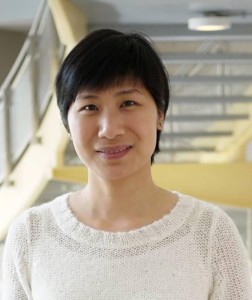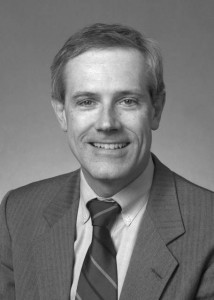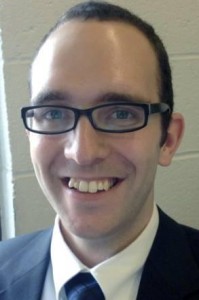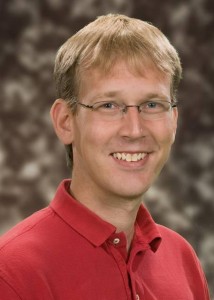2013 Spring Symposium
Andrew M. Rappe
Pennergy Co-Director
Department of Chemistry
University of Pennsylvania
Philadelphia, PA 19104
rappe@sas.upenn.edu
Abstract — The quest to design surfaces with useful catalytic activity has received a dramatic boost from modern techniques of oxide epitaxial growth and characterization. This unprecedented experimental control of oxide surfaces opens great opportunities to design new catalysts using theory and modeling. In this talk, I will describe a variety of new approaches for tailoring surface properties by controlling oxide composition and structure, before focusing on two specific examples. 1. Polar oxides show structural deformations that change the structure and composition of surfaces. 2. Annealing complex oxides can lead to surface reconstructions with compositions different from any bulk material. These techniques lead to surfaces with undercoordinated transition metal cations that should offer novel reactivity.
Andrew received an NSF CAREER award in 1997, an Alfred P. Sloan Research Fellowship in 1998, and a Camille Dreyfus Teacher-Scholar Award in 1999. He was named a Fellow of the American Physical Society in 2006.
Andrew is one of the two founding co-directors of Pennergy: the Penn Center for Energy Innovation. He is also one of the founding co-directors of the VIPER honors program at Penn, the Vagelos Integrated Program in Energy Research.
His current research interests revolve around ferroelectric phase transitions in oxides, surface chemistry and catalysis of complex oxides, and the interplay between the two: a) He helped establish relationships between composition and ferroelectric phase transition temperature in bismuth-containing perovskites oxides, b) He predicted that changing chemical vapor composition above a ferroelectric oxide could reorient its polarization, c) He revealed the mechanism of domain wall motion in ferroelectric oxides, d) He showed that changing ferroelectric polarization dramatically changes catalytic activity of supported metal films and nanoparticles, and e) He uses computational materials design to invent new ferroelectric photovoltaics for solar applications.






